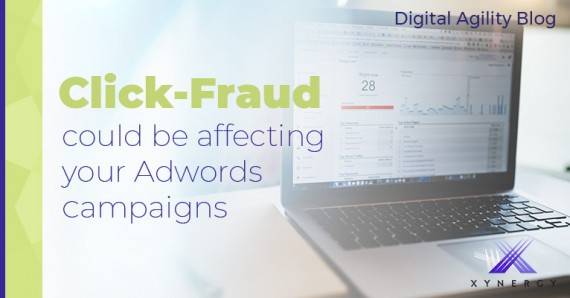With over $36 billion spend in Google's advertising in 2011, Ads are supposed to be helpful for businesses to sell their products and increase consumer awareness to purchase these products. The questions is, when is too much and how does Google filter all the 'spam'?
Here is how it works...Google uses a combination of technologies and manual review to sort through and detect junk. Google spends millions of dollars each year building and modifying its technical architecture and learning models to mitigate this problem. The systems are designed to detect and remove ads that contain a virus and/pr fictitious download sites before these ads appear on Google. I'm sure that you get bugged (like me) when you put together an Adword campaign and its held up for review...Well, these too are the systems that scan and review landing pages, the website that it links to, and the advertisers account. When ads are flagged by these systems, Google's policy specialists review the ads and make the final call on whether it's a bad or good advertisement.
Good news - Bad ads are declining 2011 FACTS: Google disabled more than 130 million ads. Google reduced the percentage of bad ads by more than 50%, compared to 2010! Google shut down 150,000 accounts for attempting to advertise counterfeit goods on Google and/or partner networks. More than 95% of these accounts were discovered through their internal detection efforts and risk models. Thank you Google for continuing to improve these systems to keep the 'junk' out!





